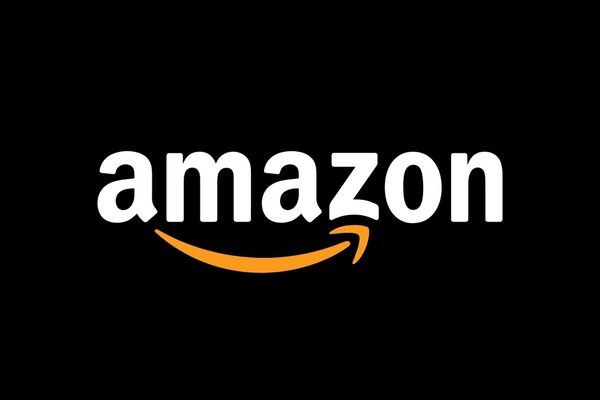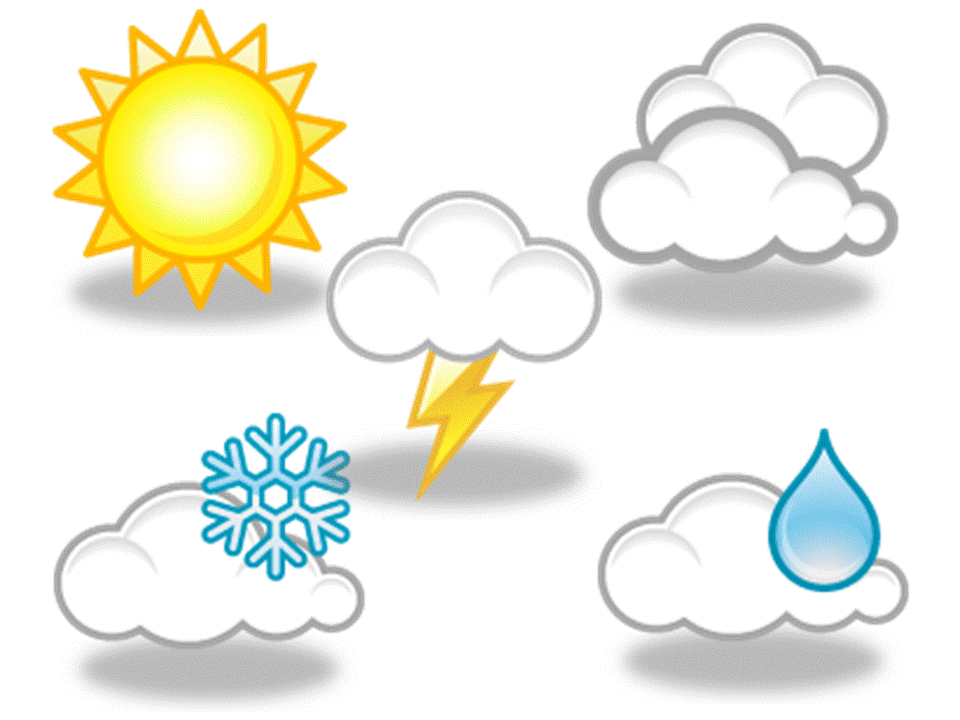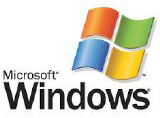Security starts with ultra-strong passwords
The FBI last week issued warnings to consumers using Gmail and other email services that the Medusa ransomware group is targeting them. At the time of its warning, the bureau said it had received at least 300 reports of successful attacks against people in the U.S.
To protect your email from the Medusa ransomware threat and other similar cyber threats, cybersecurity experts suggest following these security measures:
-
Use strong unique passwords: Always create a complex password with a mix of uppercase, lowercase, numbers, and symbols. It's a good idea to use a password manager.
-
Enable multi-factor authentication: This adds an extra layer of security, requiring verification beyond just a password.
-
Try to avoid public or unsecured Wi-Fi: Use a VPN if you must access your email on an unknown network.
-
Pay attention to email headers: Analyze sender details for inconsistencies before opening any links or attachments.
-
Suspicious links: Hover over links before clicking to check for inconsistencies.
-
Use care with attachments: Medusa ransomware often spreads through malicious attachments (ZIP, EXE, DOCX, PDF).
-
Always verify sender identity: Even if an email appears legitimate, confirm with the sender via another communication method.
Always update
Its also important to keep systems updated, especially the operating system. Patch vulnerabilities that ransomware exploits.
Update email security by making sure your anti-virus, anti-malware, and email security software are always up to date.
Email providers like Gmail and Outlook have built-in filtering tools so make sure theyre enabled.
Advanced security solutions like Microsoft Defender, Bitdefender, or CrowdStrike can detect and block ransomware. Some email security platforms analyze attachments in an isolated environment before delivering them.
Finally, back up your data on a regular basis. Use both cloud and offline backups to ensure you can recover data if it becomes encrypted in a ransomware attack. Cybersecurity experts suggest following the 3-2-1 Backup Rule. Keep three copies of data, stored on two different media types, with one copy offsite.
Sign up below for The Daily Consumer, our newsletter on the latest consumer news, including recalls, scams, lawsuits and more.
Posted: 2025-03-19 12:59:48




















